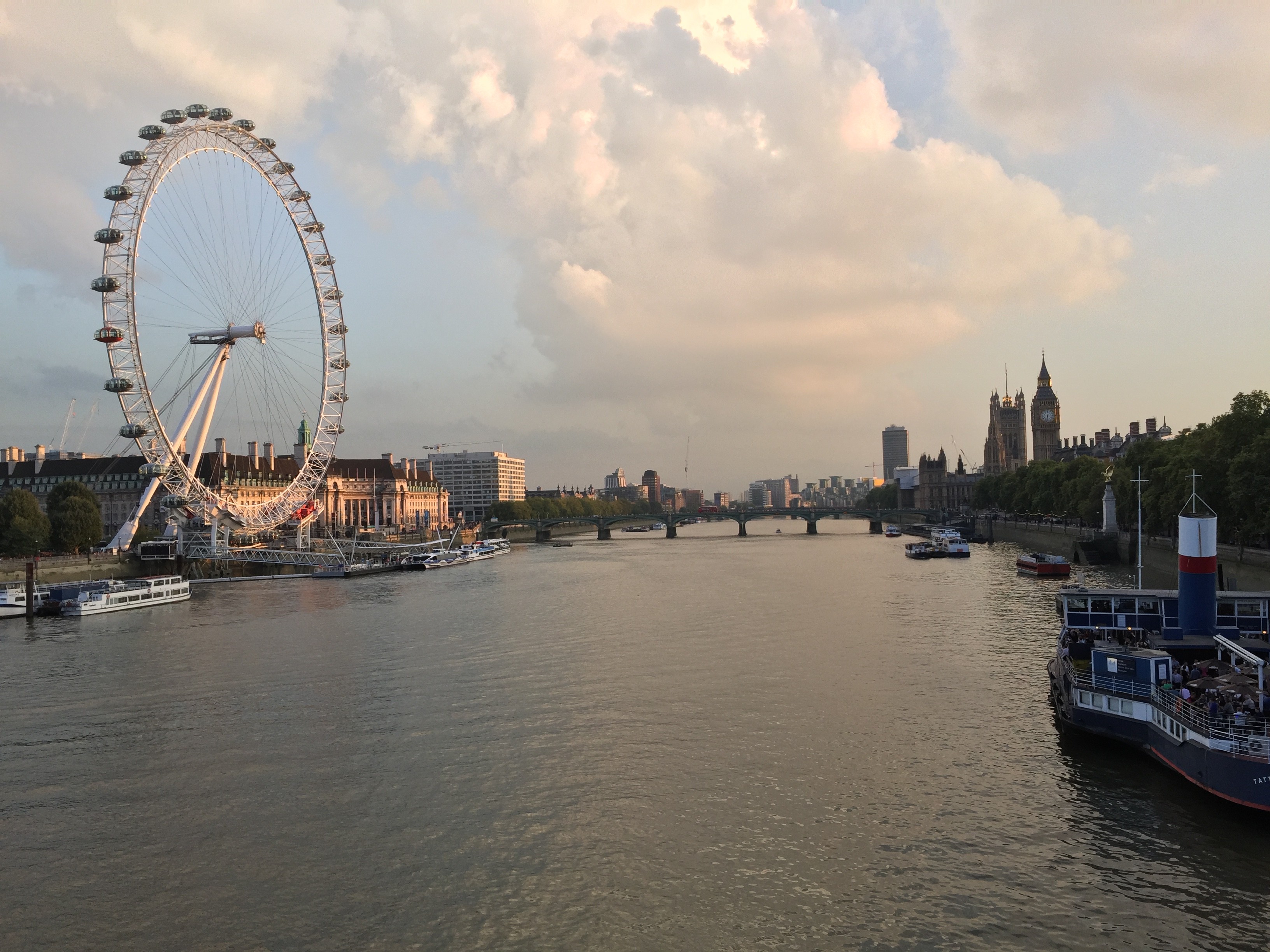It’s funny to think that one of the most impressive feature on the new iPhone 6/6+ is also the most “hidden”.
I’m talking about the new camera sensor, which is a significant step up compared to the previous generation. Why would I say that it’s a hidden feature? Well, try and find the camera in any of the side-view promotional pictures on Apple.com and see for yourself.
As you may have heard by now, the new sensor creates a “bulge” on the back of the phone. Rather than going the Android way with very big protuberance in the back of the device, Apple simply has let the new sensor out on its own, in favor of an overall much slimmer device.
Aesthetic aside (you can easily solve this “problem” by using a case – leather ones are fantastic), the new camera represents a huge step forward, despite the same sensor resolution of the 5s at 8mpx.
We all know that size doesn’t always matter and this is a great example. Despite having the lower amount of mpx than any another top-tier-smartphone on the market, the iPhone 6 is still the best pocket camera money can buy. It’s fast, it’s precise, it’s powerful, it’s compact.
When I’m out and about I always snap pictures (mostly of food – sorry) and since the iPhone 4 I constantly rely on this device to be the perfect camera for any moment. I found myself leaving my DSLR home more often even when the overall capacities of the camera meant that you could only shot in full-auto.
Since iOS8, Apple has given developers the ability to exploit all built-in features of the camera. More and more apps are coming out with the ability to shoot in full manual: you can change ISO, set your shutter speed, exposure is faster and dynamic focus allows for almost-instant re-focus (even during video recording).
The iPhone has always been great is low light situations, and this version is no exception. The iPhone 6+ also has OIS (a.k.a. Optical Image Stabilisation), meaning that the sensor itself is automatically moved around by the accelerometer in order to compensate your movement , enabling sharper pictures even at longer shutter speeds. Adding everything together, makes the iPhone 6/6+ the best device to reliably shoot pictures in low light situations.

The new iPhones stepped up the game even on the video-recording side. With these new models you can now record standard video @ 30fps and 1080p, plus you have now a new option for dynamic timelapse. But the brand new jewel is the slow-mo video, now capable of going up to 240fps!
You can see an example of the slow-mo below:
In conclusion, I can safely say that Apple made once again a huge leap forward, placing the iPhone once again on top of its category.
Now the only thing that Apple has left to fix is a good photo management solution. Especially since the disappear of the Camera Roll in iOS8, it became once again a major hassle to organise all my pictures.
Apple already teased a new Photo app for the Mac (in order to replace the defunct iPhoto), plus an iCloud Photo Library (that should come with the next iOS8 update) but so far I’m definitely not impressed with them. I guess once again we’ll have to wait and see. In the mean while, I’ll be out filling my library even more.

